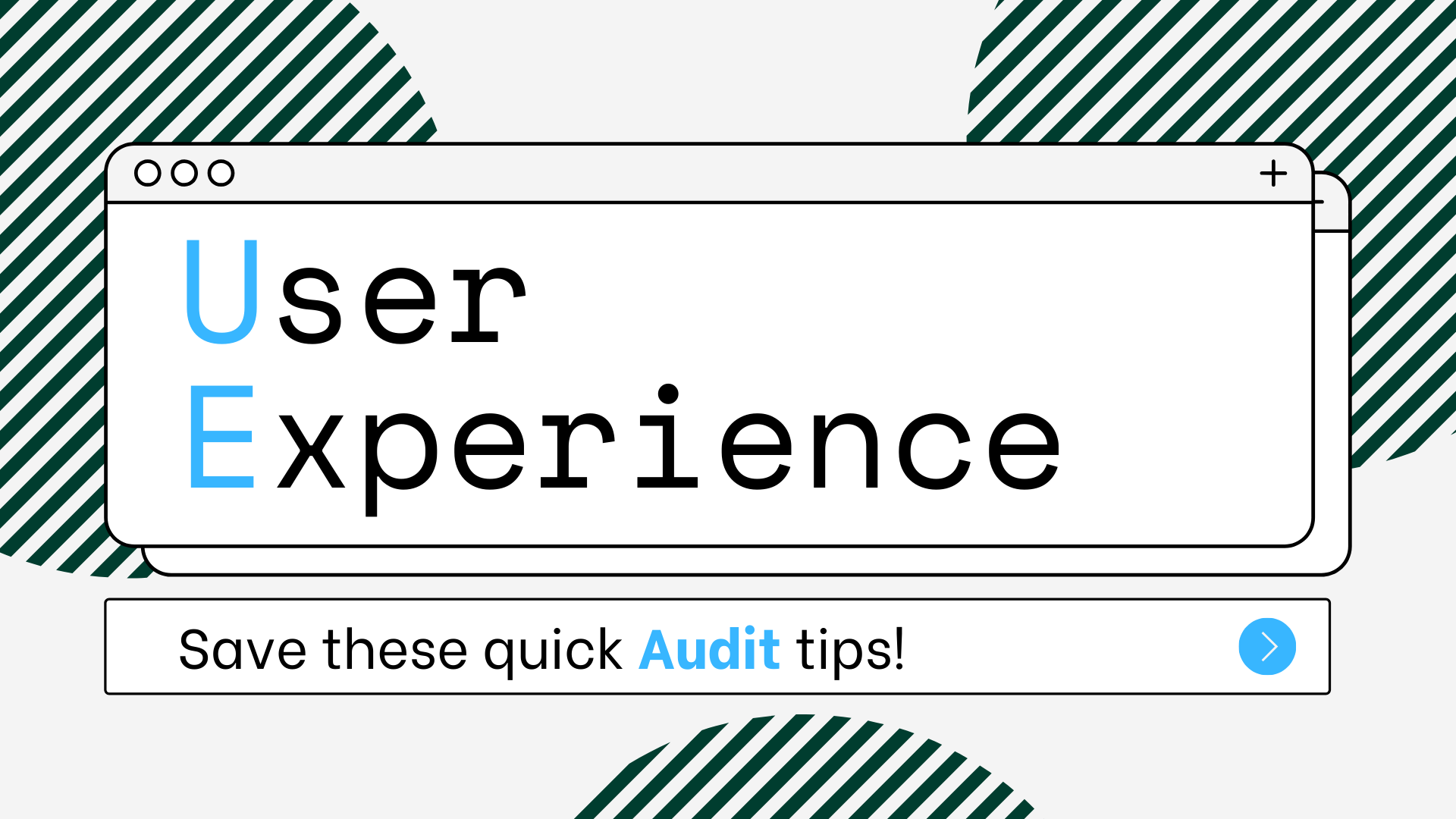When you think about the past, it is mainly valid that a plethora of business owners were thinking that you can quickly build together a website, which would be good to go for years. Nevertheless, now we know that your website must co-live and “grow” alongside your business with the help of a User Experience audit.
Just a quick refresher: But what is UX exactly?
First and foremost, let’s decode what stands behind the abbreviation of UX- User Experience. And when it comes to the design part of the equation, it simply implies that there is a creative aspect of the term, too. All in all, UX design is related to everything that affects a user’s interaction with a product. This includes the process when the UX designer should be involved with answering the following questions: What, Where, How, Why, When, and most importantly Who!?
Moreover, the product may vary, it can be a website, an app, a web application, and so on. Nevertheless, the process of user experience design is obviously closely related to the customer/user and it doesn’t matter if it’s intentional or not, but somebody always decides on how the human and the product will interact. The psychological aspect of this task is immense. Thus it takes a lot of trials and errors to develop the full potential of the product to match the requirements of the business owners and the customers. Therefore, the UX design is the necessary bridge between the needs of the business and the needs of the users. Every project is very specific and every designer’s way of work differs, so the definition of UX design is diverse, too.
Thus, when a company’s digital representation lacks a dedicated UX/UI design team, it can be really hard to produce something that stands out from the crowd. So how do you know what areas of your site need to be refreshed or even rebuilt?
1. Homepage
It is obvious that the first page a customer is visiting will leave the most impression. It takes less than two-tenths of a second for an online visitor to form a first opinion of your brand once they’ve perused your company’s website, according to researchers at the Missouri University of Science and Technology. Nevertheless, the Homepage can be messed up really quickly, even though it sounds logical and simple. So start asking yourself:
- Does my website clearly explain what website visitors can do here?
- Is there a healthy balance between the density of information and white space?
- Does the architecture on the page encourage users to explore deeper into the site?
2. Information Architecture
As a follow-up to the previous point, each element on the page has to be positioned, styled, sized, or otherwise distinguished per its dedicated importance.
Thus ask yourself:
- Does the visual hierarchy of the different elements on the screen reflect my business goals?
- Does the way elements are positioned (in relation to each other) encourage a sense of the relation between them?
3. Design Patterns
Customers will make a profound judgment about a website largely based on the website’s visual appeal. Many design styles can be applied, however, all sites should adhere to the established design best practices:
- The website layout should assist the user in knowing where to focus
- Clickable items should appear to be so
- Fonts should be used consistently throughout the site
- Overall the site should be pleasant to look at and navigate
4. Use of Color
Although company colors are a vital element in the brand recognition trait of a business, they can really influence the overall User Experience of the customer, so in your audit consider:
- Is color used consistently to indicate the nature of links and action elements?
- Are our links always the same color?
5. Forms and trustworthiness
Forms on a website provide an opportunity to extract valuable information from customers and allow you to form the basis of a relationship. If forms are not working well on your site, you may miss the opportunity to connect with your customers. Moreover, a dysfunctional form can indicate to the customer, that the website may not be trustworthy and this will result in a built-up of intimidation. Thus, ask yourself:
- Is the content free from errors?
- Is the content written for humans or over-stuffed with keywords?
- Are the forms easy to fill in or quickly turn out to be intimidating?
Conclusion
Creating a high-quality User Experience takes time, research, and refinement and over time. And these improvements can significantly help your business grow. So, did you DIY your website’s User Experience audit with our questions? If you did, we will be more than happy to hear from you!





